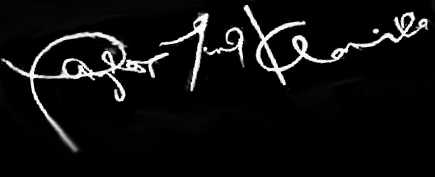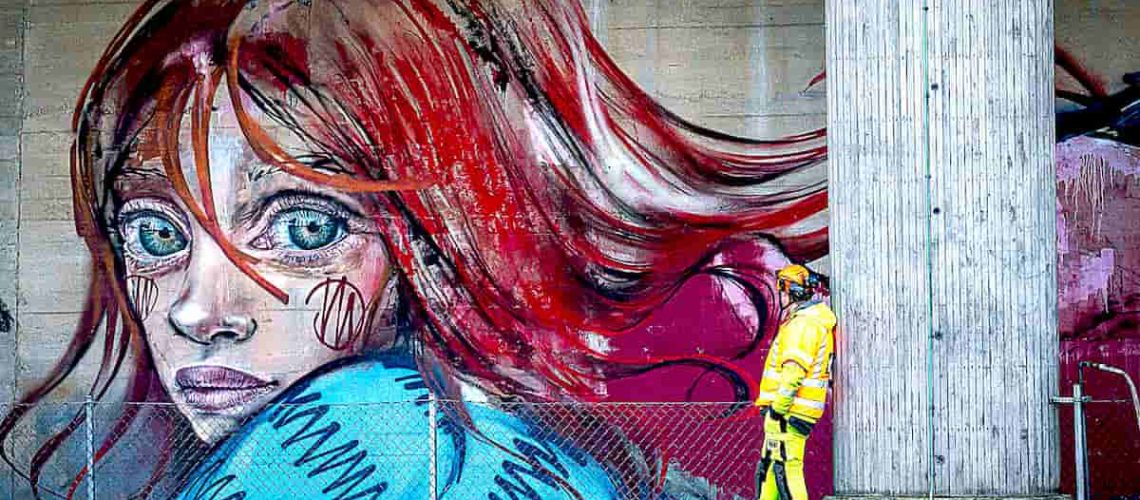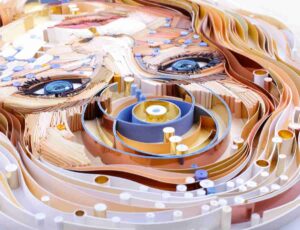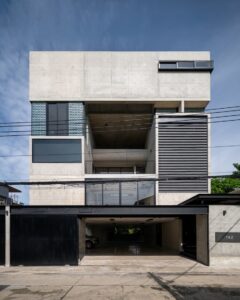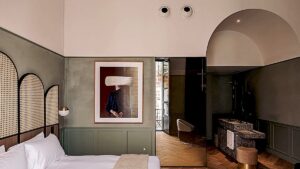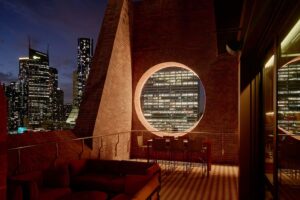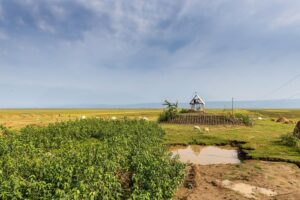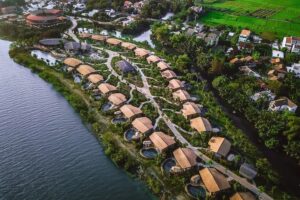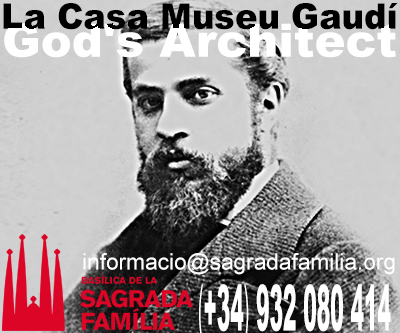︳Hera’s Imaginative New Murals Question the Animal Impulse to Migrate
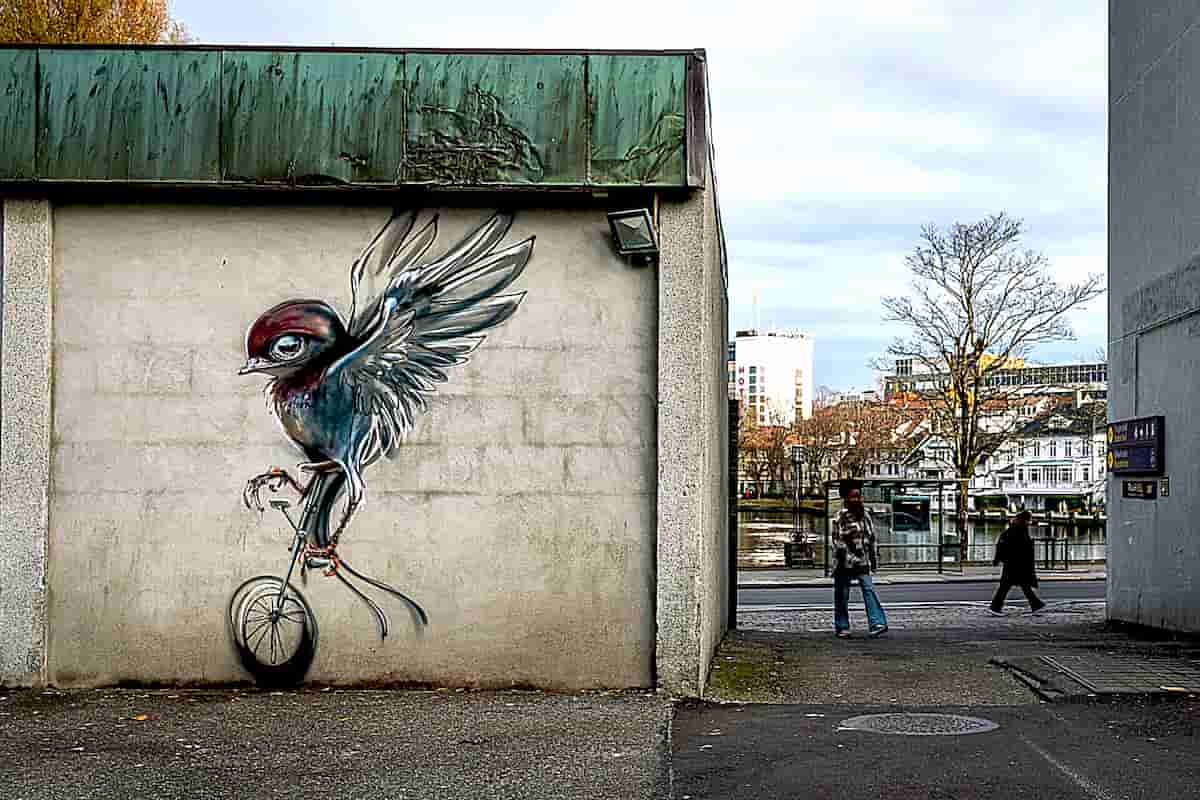
︳A mouse-costumed girl sitting on a duffel bag, a bird balancing on a unicycle, and bright blue narwhals swimming along the train line in Stavanger, Norway, are a few characters in Hera’s new murals considering the nuances of immigration and movement. “We all are Birds of Migration. Some With Feathers, Some Without” is a collection of works that ask viewers to recognize that mobility and resettling have been essential to human survival for millennia. The artist (previously) says:
“We all exist today because our ancestors at some point either freely migrated to greener pastures, more fertile grounds, greater resources, and safer living conditions, or were forcibly moved from one place to another at some point at some point in history. Not even the most nationalist nationalist can deny the factual reality: humans still exist today because they migrated, they moved themselves, their families, their genes across lands, seas, continents.”
Commissioned by Nuart—check out the 2023 edition of its annual festival in Aberdeen—the gestural murals are part of the Planes, Trains & Automobiles project bringing public artworks to high-visibility spots like airports and transit centers. The location also dovetails with Hera’s interest in migration, particularly as it relates to daily commutes. She says, “Some could argue that this does not count as an act of migration. But doesn’t it? Do students not leave their home, travel for miles and miles, to make more of themselves? Do commuters not leave their homes and families in order to make a living, and provide for their existence?”
The figures feature Hera’s signature wide, glassy eyes and costumes that transform them into scavenger-like creatures. Imbued with a sense of resilience, the characters emphasize the innate, animal impulse to travel and migrate that proliferates throughout the natural world.
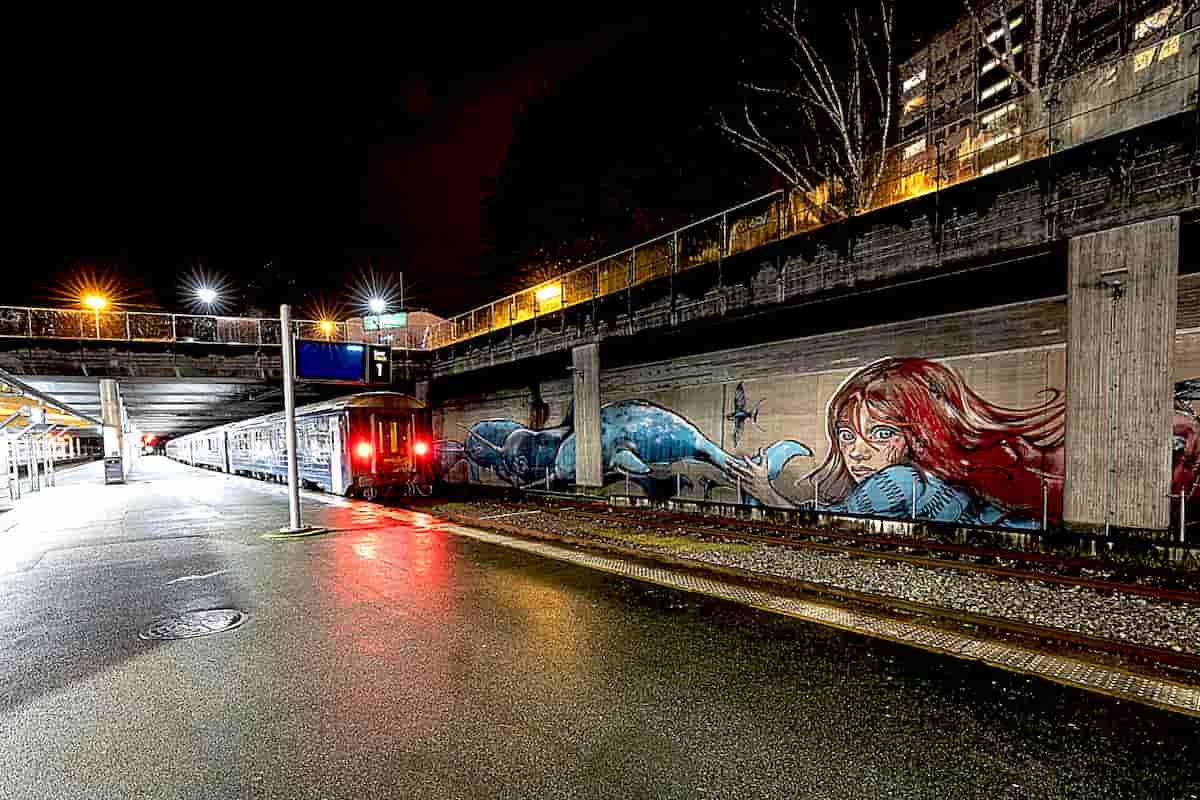
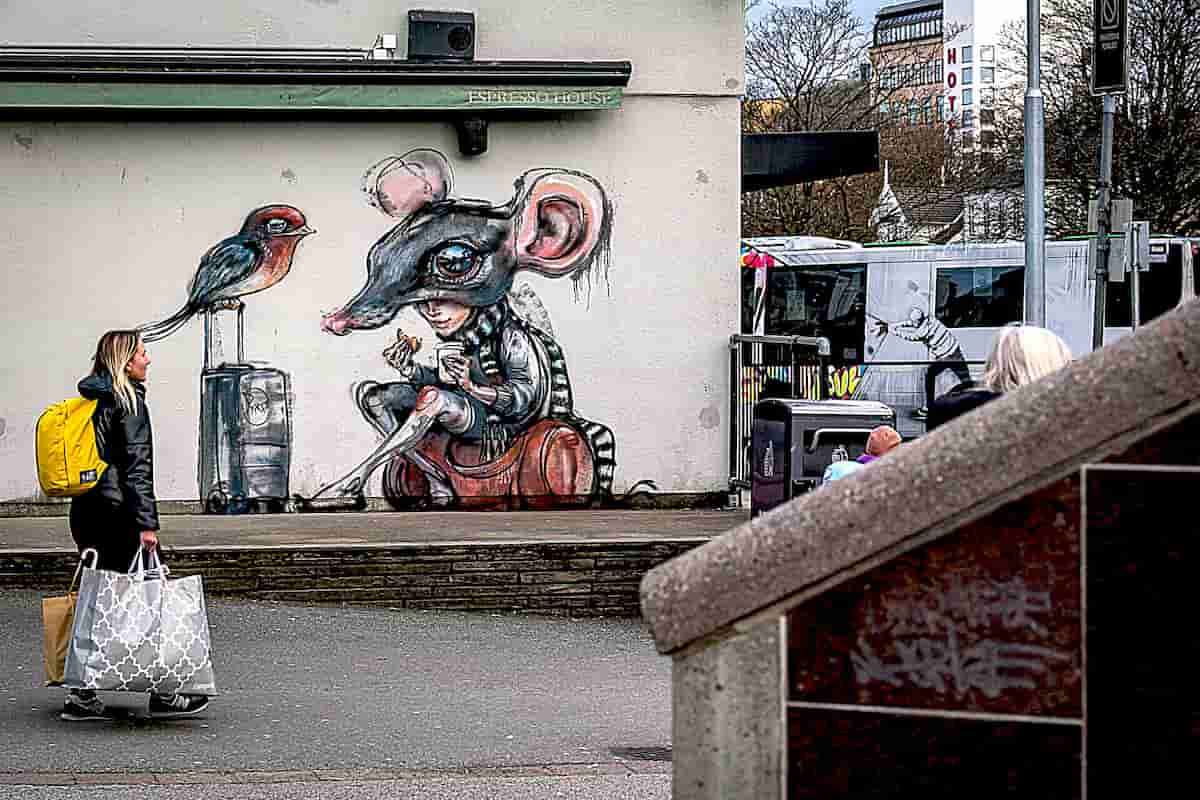
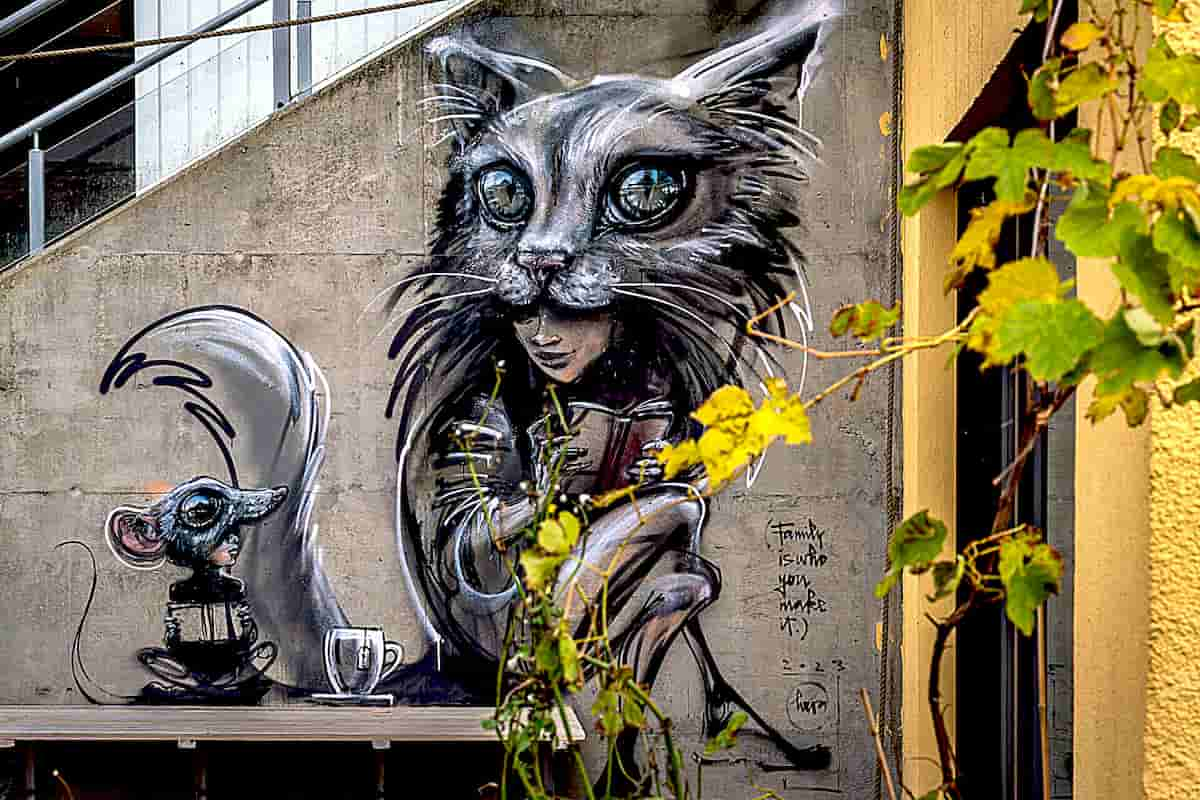
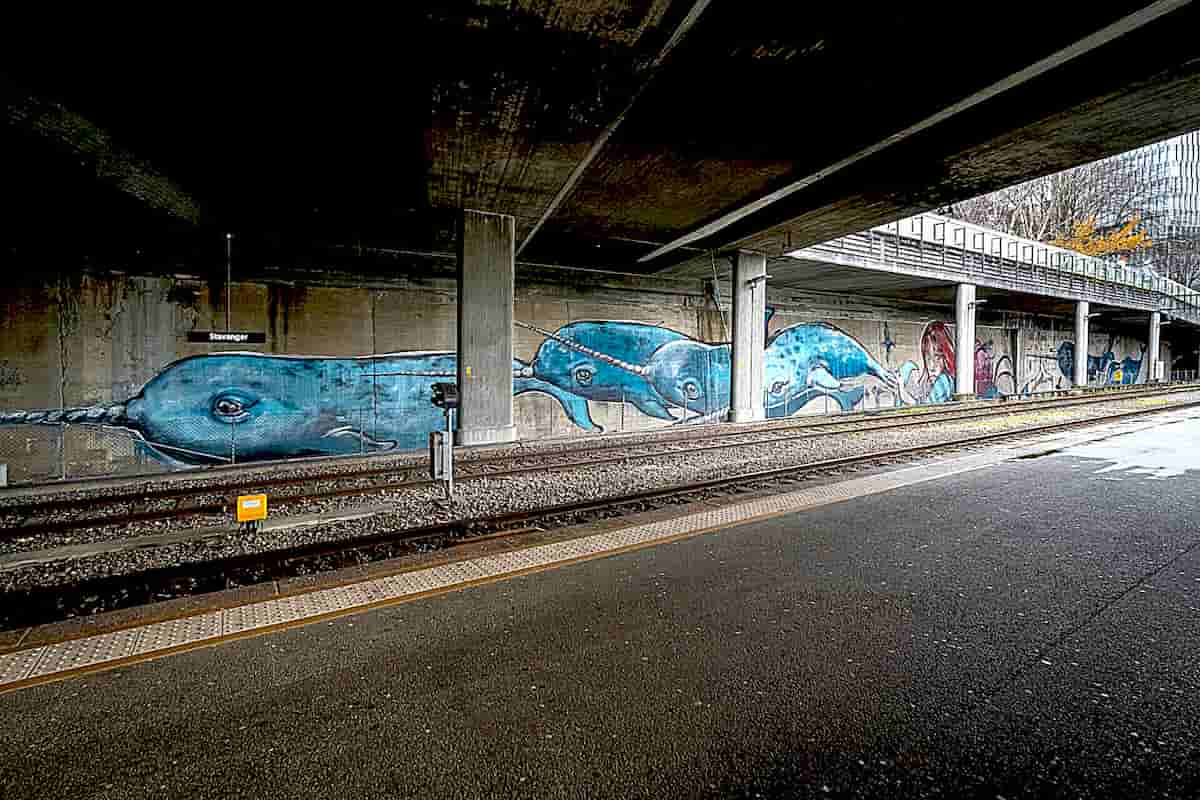
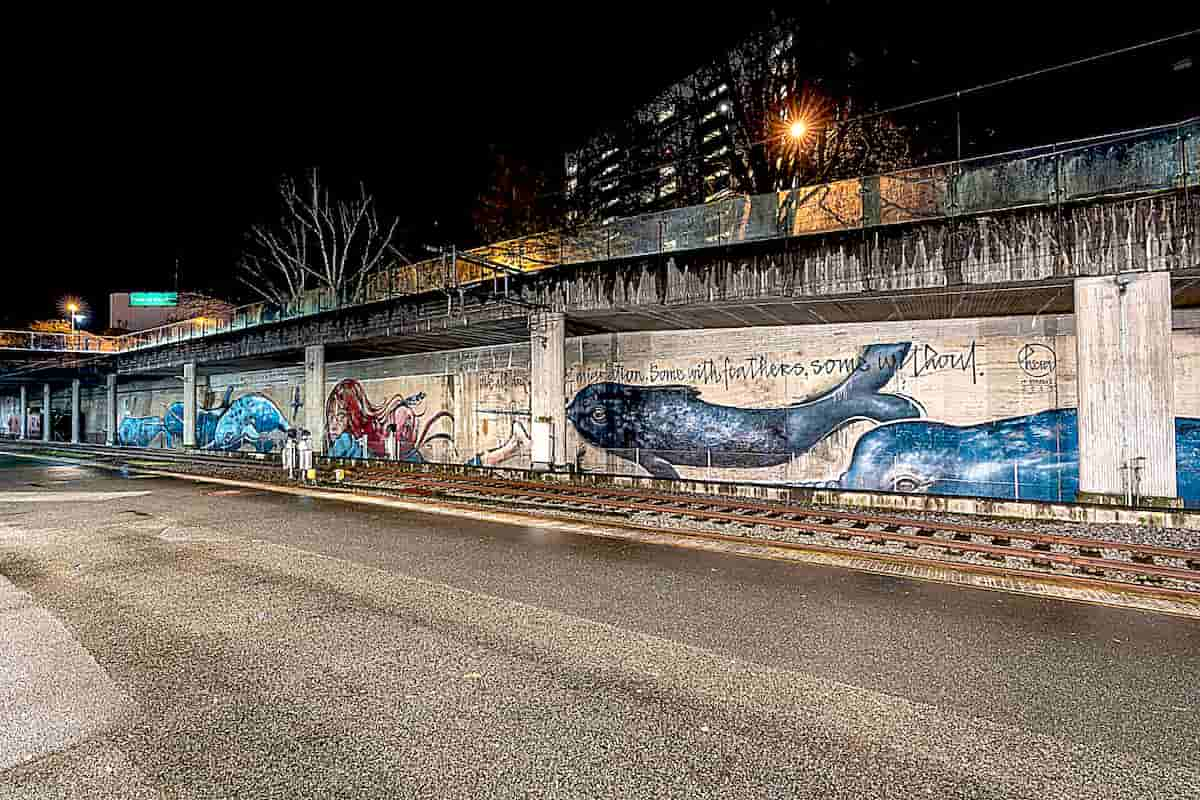
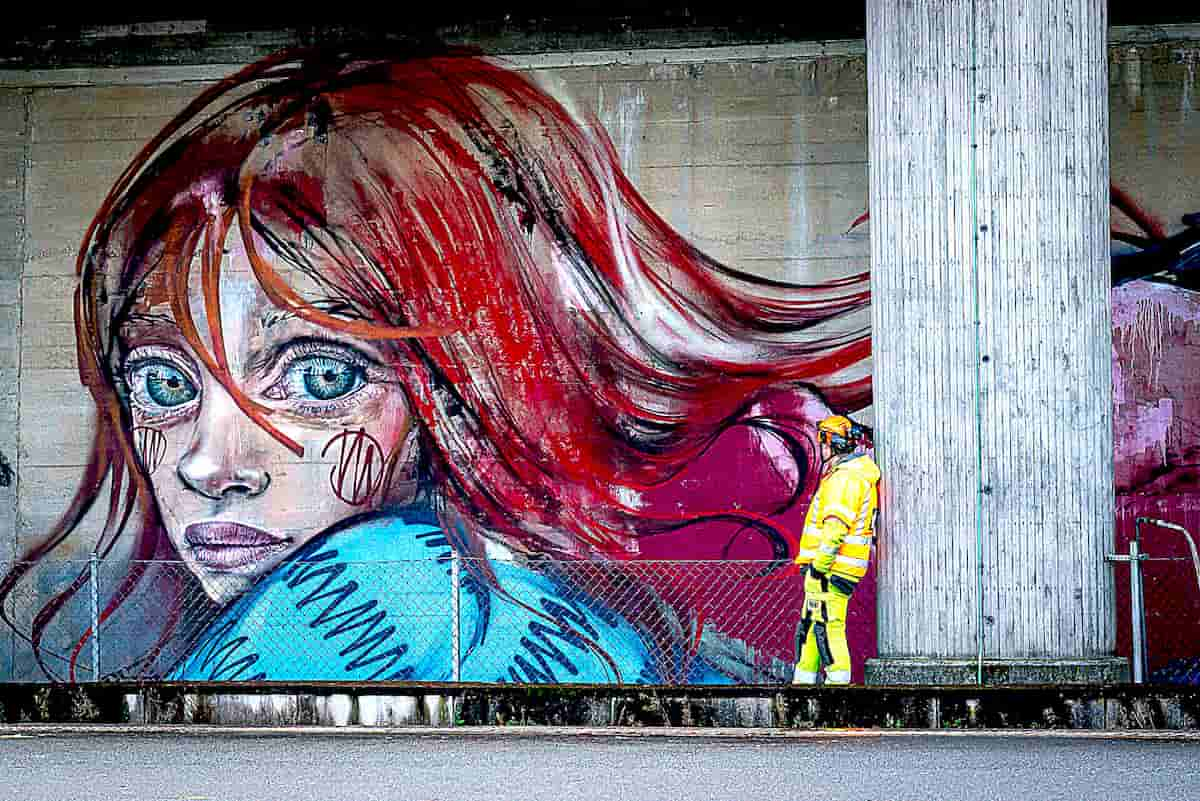
Om onvervangbaar te zijn, moet je altijd anders zijn.
Er zijn fascinerende beelden hier, en de fascinerende dag van samen! xo
─────────────────────────────────────────────────────
Per essere insostituibili bisogna sempre essere diverso.
Ci sono immagini affascinanti qui, e l’affascinante giornata di insieme! xo KanikaChic
